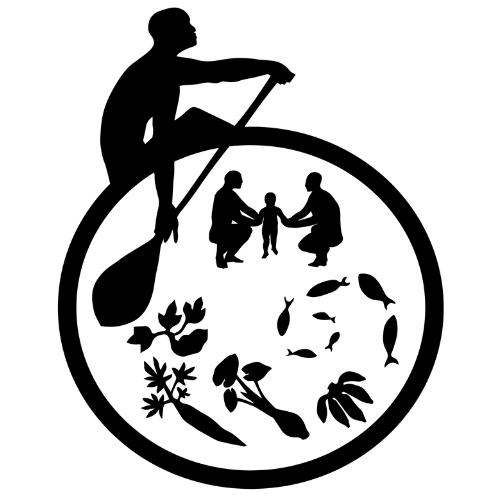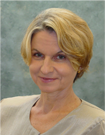
We are in full swing with all aspects of the CHL program. I am proud of and grateful to the CHL staff and partners throughout the region, who have mobilized to enhance child wellness. We are collecting data in every jurisdiction, which will provide valuable insight into our communities and basis for action surrounding food, physical activity and health status of our children. We have begun testing the CHL model of community action to improve health in selected test communities, drawing from extensive review of evidenced based literature, and synthesis of community guidance. We have recruited a full contingent of 22 promising scholarship recipients, who form a key component of building a sustained network to address multiple dimensions of child health in our communities, with a focus on building partnerships to ensure meaningful sustained systems and environmental change that will enhance child wellness.
Thank you to all our staff and partners for your passion and hard work!
Aloha, Rachel
Professor Rachel Novotny, PhD, RD
Principal Investigator and Program Director, Children’s Healthy Living Program
From the editor
We are excited to introduce you to CHL’s second cohort. These 12 eager students come from many Pacific nations: Aifili Tufa (American Samoa), Evigan Sengebau (Palau), Ivenglynn Andon (Pohnpei), Joachim Castro (Chuuk), Kimberly Areieta (Kwajalein), Lilian Billimon (Chuuk), Marietta Lafaele (American Samoa), Rennie Glenn Taiugmai (Yap), Samuel Foulchag (Yap), Shra Kedi (Majuro), Srue Wakuk (Kosrae), Trisha Johnson (Pohnpei). Click here to see the class photo and to get links to each student’s profile. Welcome all!
Alaska
CHL Team Alaska
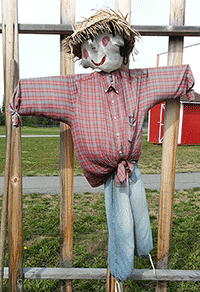
CHL Alaska is excited to welcome Julianne Power to our team. As the new project manager, Julianne will facilitate coordination of program activities and communication among community partners. Julianne graduated from Skidmore College and moved to Alaska in January. She will play an integral role in recruitment efforts as baseline data collection continues. Two new staff members will join the Alaska CHL team in August to assist with data entry. In the next month or so, staff will relocate to the offices of the Center for Alaska Native Health Research (CANHR) clinic at the University of Alaska Fairbanks. Having a centralized location will streamline recruitment and data collection efforts, and improve communication among staff. We are in the planning stages of our community intervention and continue to build relationships with local partners, such as Calypso Farm and Ecology Center, a non-profit educational farm in Ester, Alaska. Calypso Farm funds the Schoolyard Garden Initiative, a network of local school gardens functioning as experiential learning environments for teachers and students during the school year and as food production gardens—maintained by volunteer teenagers—during the summer. Calypso Farm recently hosted a Tour de Plánts, a school garden bike tour. The event not only raised money to support the school gardens, but also raised awareness in the community about the initiative. It’s an exciting time as our intervention approach begins to take shape.

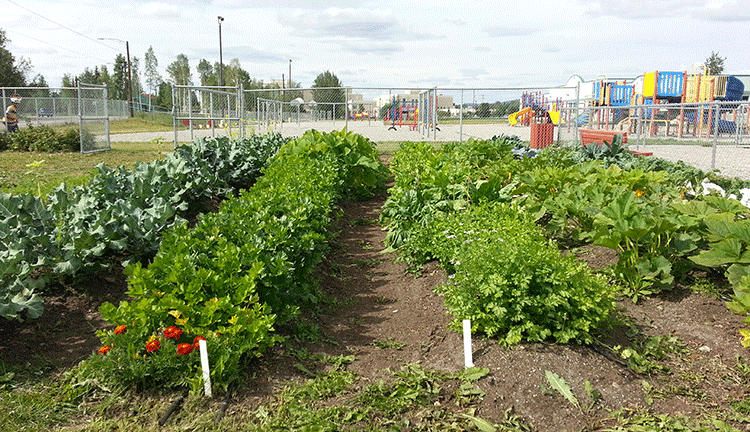
American Samoa
CHL Team American Samoa
The Institute of Medicine (IOM), which serves as adviser to the nation to improve health, recommends that one way for setting communities on the road to better health is by “Strengthening Schools as the Heart of Health.” In addition to ensuring that students get 60 minutes of physical activity every school day, the IOM proposes that all foods and beverages in schools meet strong nutrition standards. Too many of the nation’s schools fail to meet these guidelines; but not American Samoa.
Before 2008, parents and school officials often raised concerns about expired food items, unhealthy snacks like Twinkies and moldy Pop Tarts, over-ripe bananas, and similar abuses in the School Lunch Program (SLP). Under new leadership, in July 2007, the Department of Education contacted Sodexo—a U.S. company that provides food and facility management services in North America—to revitalize the local SLP. By the start of the new school year, SLP staff received training in food service management to provide nutritionally sound meals in a cost-effect manner with excellence as the standard. A menu was published each week in the local newspaper to highlight healthier school meals. The menus, which significantly cut starch from student diets and replaced them with lots of fruits and vegetables, were received with mixed reviews on the first day. One school administrator lamented, “Our Samoan kids, they don’t really like this food they’re bringing in.” But a former teacher and parent praised the changes stating, “We want our young students to grow up and become productive citizens, but we also want them to become healthy productive citizens.”
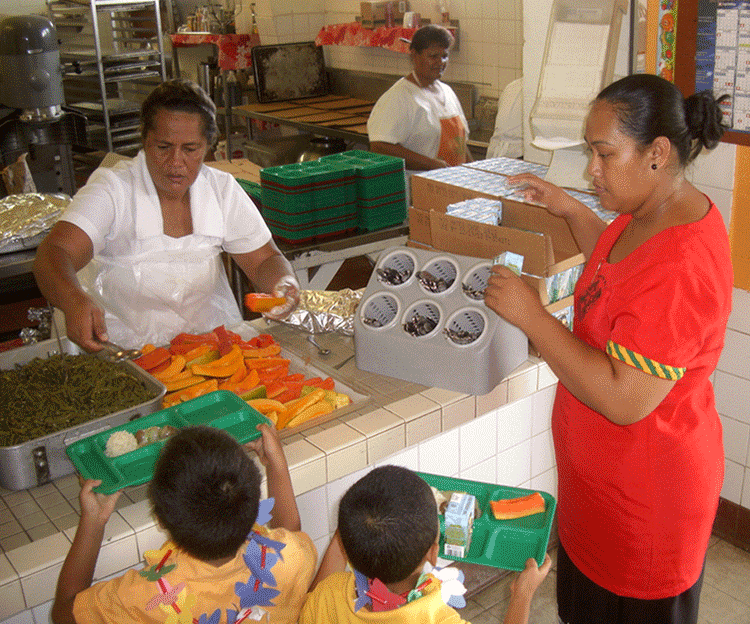
Subsequent years have seen improvements in the SLP. Brown rice gradually replaced white rice and low-fat replaced whole milk. Following the USDA’s New Meal Plan of July 2012, SLP staff set out to establish maximum calorie, sodium, and saturated fat limits; provide larger portions of fruits and vegetables; and serve only whole grains and 1% or non-fat milk.
Increasing physical activity has been more challenging. Schools lack showers, and in the hot, humid climate of American Samoa, classrooms can be uncomfortably hot and embarrassingly smelly after recess or physical education class, especially for high school students. So to encourage more physical activity, ASDOE together with several partner agencies sponsor an annual Wellness Fair for children and their families, promoting both physical activity and better nutrition.
Though much has been done to improve the health of our youngsters, more is needed if we and others are to reverse the trend in childhood obesity. For this reason, CHL is now in its “intervention” phase, working with two communities in each jurisdiction to further promote the six CHL messages that stress a healthy diet and adequate physical activity for the entire family.


Commonwealth of the Northern Mariana Islands
CHL Commonwealth of the Northern Mariana Islands
T.A.S.A. – Tanapag, Achugao, San Roque, As Matuis
The CNMI CHL Team hosted a role model training for all identified role models from the two intervention sites: Kagman and Tanapag/San Roque. As a result of the training, both respective groups formed a cohesive team committed to addressing childhood obesity in partnership with the Children’s Healthy Living Program. Both communities continue to move forward in implementing various activities listed within their action plan.
As the first step to creating a sustainable group, the T.A.S.A. team felt it was important to show their commitment towards generating a healthy village, by chartering as a non-profit organization. In partnering with the Children’s Healthy Living program (CHL), T.A.S.A aspires to provide services to our community in various ways. The organization’s mission as a non-profit organization is to empower the villages of Tanapag, Achugao, San Roque, and As Matuis. The main focuses are in the categories of Health & Fitness, Leadership, Citizenship, Education, Team-Building, Inter-personal Skills, and Sports activities-competitions.
On May 2013, Team T.A.S.A applied for a $20,000 grant opportunity through the Child Care and Development Fund (CCDF) – Fiscal Year Summer 2013, under the Department of Community & Cultural Affairs, to implement a summer program targeting 6-13 year olds in developing healthy habits. It is with GREAT honor that we recognize the efforts of this team. Through their shared vision, their organization’s grant proposal was approved. A BIG CONGRATULATIONS to Team T.A.S.A.!
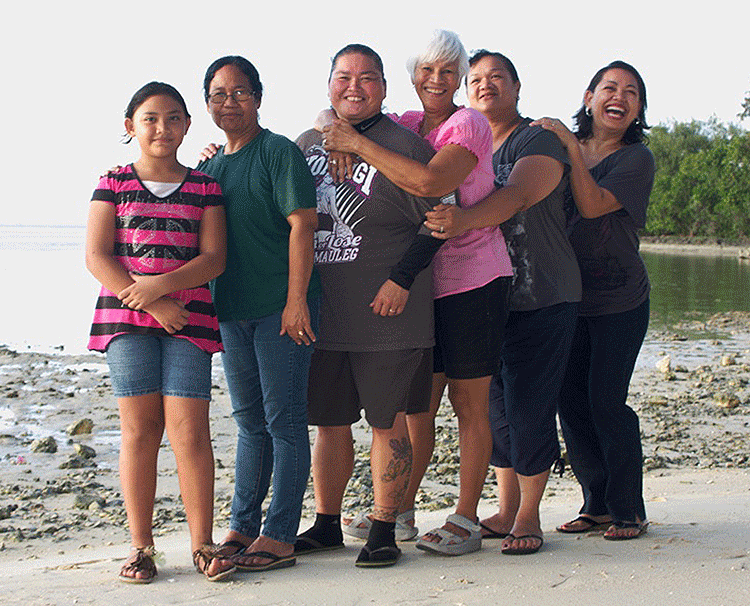
Freely Associated States of Micronesia
CHL Team Freely Associated States
The FAS team welcomed two new additions in June and July: Ms. Daisy Gilmatam (Outreach Assistant, Yap State) and Dr. Reynollette Ettienne (FAS Project Coordinator, Honolulu HI). Daisy has been working at the Yap State Hospital and will be heading up CHL efforts in Yap. She brings a wealth of local experience to the team. She has made a productive start with the establishment of the Yap State LAC, which was formalized in July. Dr. Ettienne began her first day of work by landing in Majuro (RMI) to attend the 3rd FAS team standardization training held Majuro from July 8 to July 12. Dr. Ettienne is a valuable addition to the team.

The meeting began with a day trip to enjoy the beauty and serenity of Eneko Islet on the northern side of the lagoon. After a rigorous week of standardization, the majority of the FAS team was successfully standardized to perform the anthropometric measurements – congratulations on a job well-done! The FAS team is gearing up to implement its regional prevalence survey study beginning with Pohnpei and the Marshall Island in the Fall. The survey is designed to determine the prevalence rates of underweight, overweight, and obesity in a representative sample of young children, ages 2 – 8 years with a secondary purpose to provide descriptive information on dietary intake, physical activity, and sedentary and sleep behavior. Finally, the FAS team extends its congratulations to the new FAS CHL scholarship recipients (Iveglyn Andon, Trisha Johnson, Lilian Billimon, Joachim Castro, Samuel Foulchag, Renny Glenn Taiugmai, Shra Kedi, Kimberly Areieta, Evigan Sengebau, Srue Wakuk) and we wish them luck in their academic endeavors.
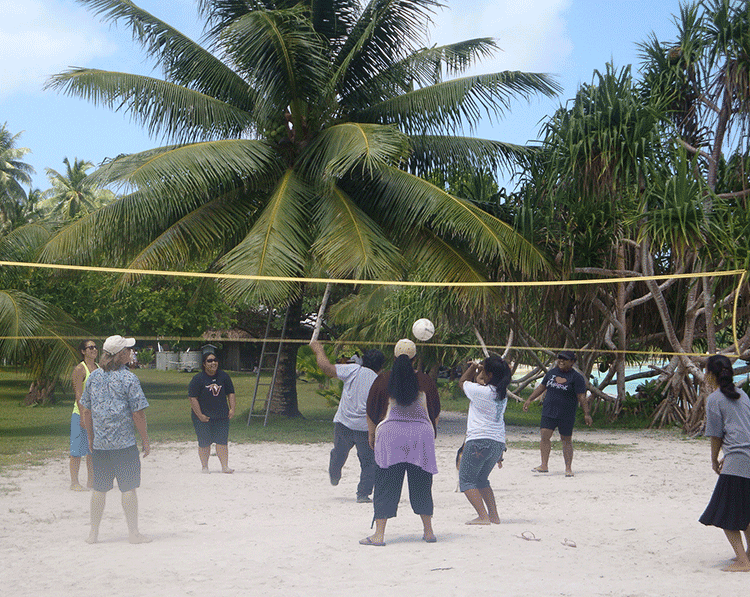
Guam
CHL Team Guam
A summer camp in Yona was held from July 1, 2013 to July 25, 2013 at Saint Francis Catholic School and the Yona Gymnasium. The camp was sponsored by Saint Francis Catholic School, Haya foundation, Yona Mayor’s office, and the University of Guam Cooperative Extension Service. Curriculum from both Mighty Moves and SPARK were utilized to teach the children about physical fitness and its importance in their daily lives. The younger children (preschool & Kinder), were taught age-appropriate activities and skills from the Mighty Moves curriculum, including locomotor skills and stability, the concepts of personal space, shared space, body parts, and the importance of listening to directions. The older children (1st —5th grade) were taught activities utilizing the SPARK curriculum, which was promoted by basic introductions and short educational sessions. The activities gave the camp participants opportunities to improve general movement skills, learn good behavioral skills, and encouraged physical fitness. The camp participants were very motivated and seemed eager to join in the activities. In addition, nutrition education classes and gardening was taught to children of all age levels, and water was provided throughout the summer camp.
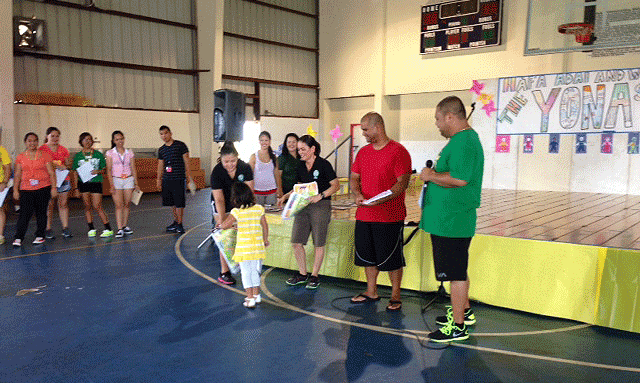
The Guam CHL data entry team has been hard at work inputting data for other forms as well as taking the quality control tests for the Food and Activity Logs. After a few days of QC testing, the staff submitted their answers. While waiting for their results, the team swiftly inputted data on all other forms and registration forms. The staff have worked very efficiently that all other forms have been completed as of July 31st and are currently being scanned to be loaded onto the CHL server. The staff is preparing to work on the food labels and will work on the Food and Activity logs soon.
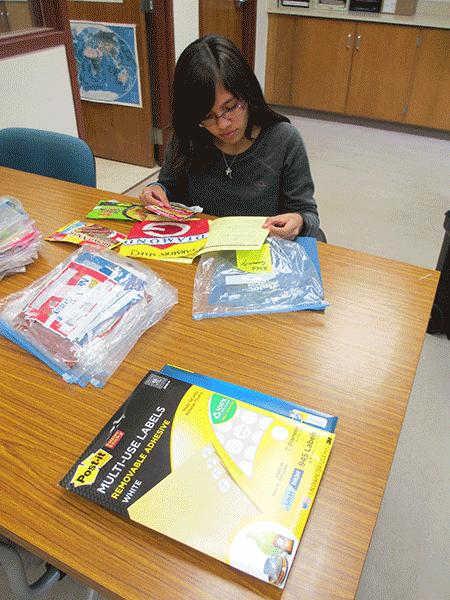
Hawai‘i
CHL Team Hawai‘i
The CHL Hawaii team is fortunate to have many community partners and champions who work hard to support the health and wellbeing of our keiki (children). The following is an excerpt of an interview conducted with one partner and community champion Patricia (Trisha) York. Trisha, along with her husband Chris, manages the kitchen for Ulu Ke Kukui, an Alternative Structure International transitional housing community in Maili, Hawaii.
“What motivates you?”
My family and my future. When our daughter was six months old we were evicted from our apartment. Chris was working but I was unable to work due to medical issues. We were going to be homeless. I remember giving our daughter, Ka‘iulani a bath in our van and as I looked in her eyes, I knew that we had to do something. Fortunately, we were able to get an apartment that day and against doctor’s orders, I took a job as a cook at the Boys and Girls Club. We worked hard to hold our family together. Eventually we were able to move to Ohana Ola transitional housing and there I took every class offered and volunteered at the UKK kitchen. After a year, I was offered a job at the kitchen and worked my way up to kitchen manager. I will always remember where we came from and that motivates me to help others.
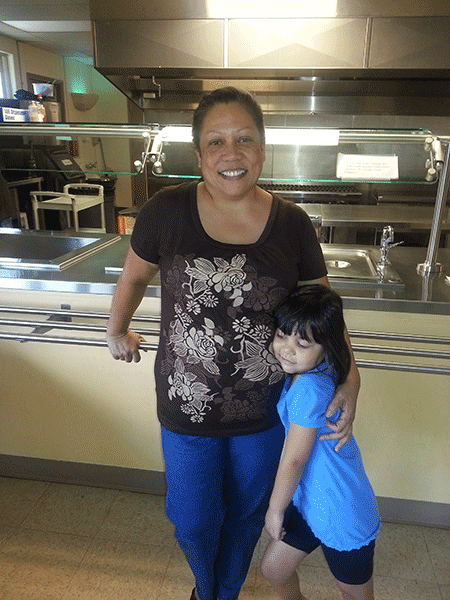
“What are your goals?”
One of my biggest goals, and this is a great one, is to help feed the kids of the community. Oprah Winfrey has an organic farm up in Kula in Maui, and is always looking for people to give her beautiful fruits and vegetables. I would love to make a connection with her farm, to help introduce, educate, and feed the children of Maui and Hawaii. I have written to her and will make this one of my SHORT term goals because if she doesn’t write me soon, I’ll just have to go visit her farm and plead my case! I have NO shame! LOL!!”
Trisha has been a staunch supporter of CHL from helping with recruitment and community activities, to maintaining a garden for the community. Her positive outlook and smiling face is an inspiration to all. Thank you, Trish, for all you do!

